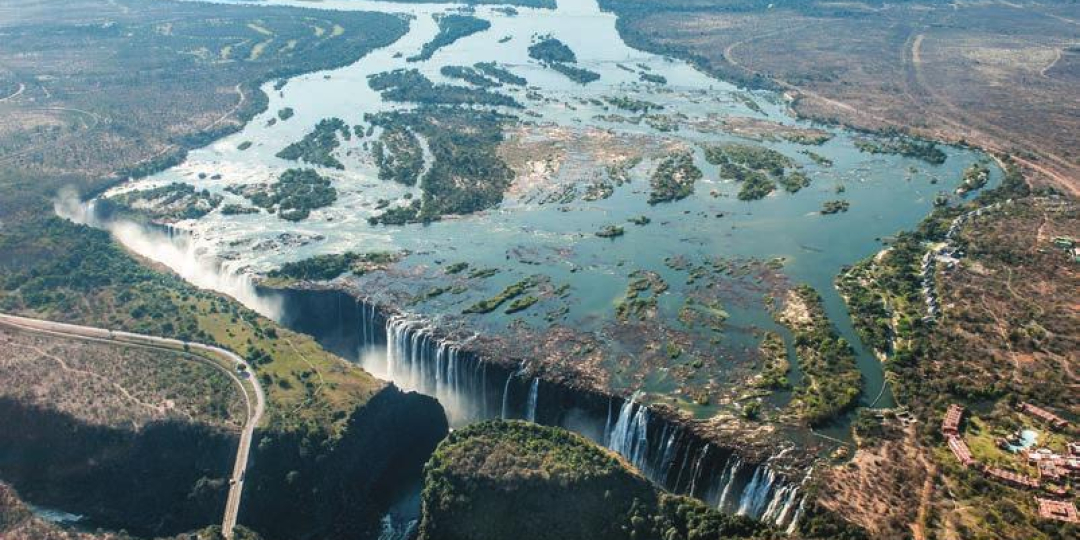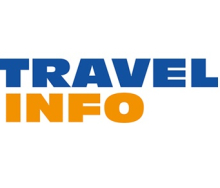The Zimbabwean government recently announced it may hike navigation fees for foreign airlines operating in the state’s airspace, sparking scrutiny from the Zimbabwean Board of Airline Representatives.
The new regulation may result in increased operating costs for international airlines, potentially discouraging them from operating in the Zimbabwean market, argues the BAR.
In 2020, the African Airlines Association (Afraa), published a report “Air Navigation Service Charges in Africa” which revealed that airlines' operational costs are greatly impacted by charges for air navigation services. Furthermore, the report claimed that the cost of air navigation affects carriers' choice of routes to be flown and also hikes airfares for passengers.
According to Zimbabwean online news site newsday.co.zw, the Civil Aviation Authority of Zimbabwe's (CAAZ) Director General, Alijah Chingosho, said that the fee was reviewed following the publishing of ICAO’s latest guiding principles. The principles called for upgraded airspace management infrastructure and enhanced safety.
According to Chingosho, CAAZ and all stakeholders agreed to the tariff review and found it to be justified by the improved air navigation infrastructure.
He said that in addition to the installation of new navigation equipment which allows airlines to fly more directly on shorter routes, the upgrades have reduced separation times.
CAAZ says there is no new fixed navigation fee as the fee varies according to the size and weight of the aircraft as well as the distance travelled.
According to Afraa, in Africa, the average air navigation fee is US$495,50 (R9 133), comprising an average of US$167,60 (R3 079) for terminal fees, US$11 (R202) for communication, and US$317,10 (R5 825) for en-route expenditures.
The average navigation charge across Africa revealed significant variations, as Guinea, Sudan, and Nigeria exceeded the average, while Djibouti and Seychelles boasted charges far below the average.
The report added that in the Middle East, air navigation charges are 50% less expensive for the same type of distances, although the traffic is more significant than in Africa.














